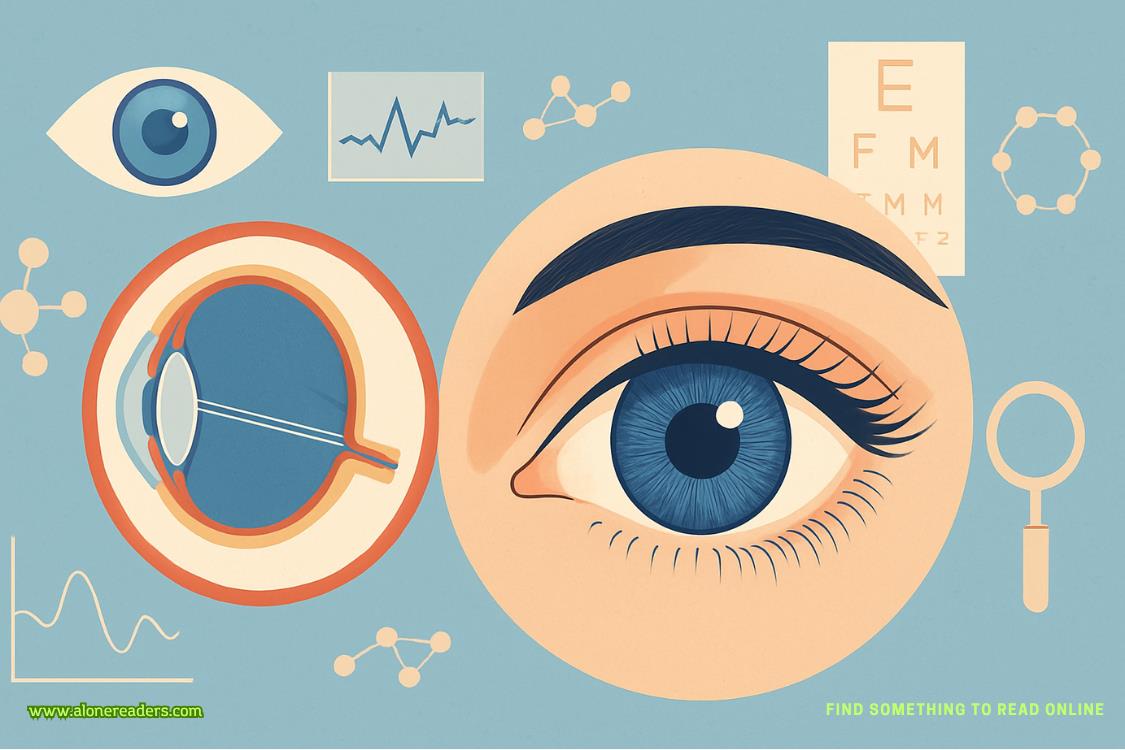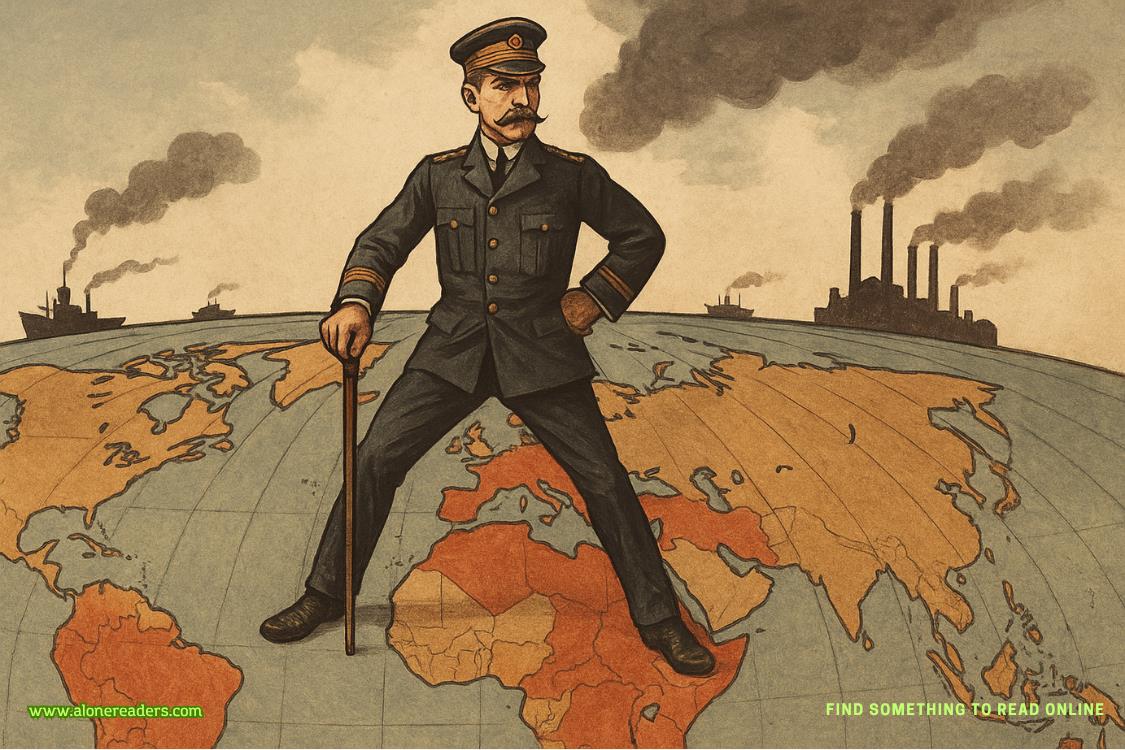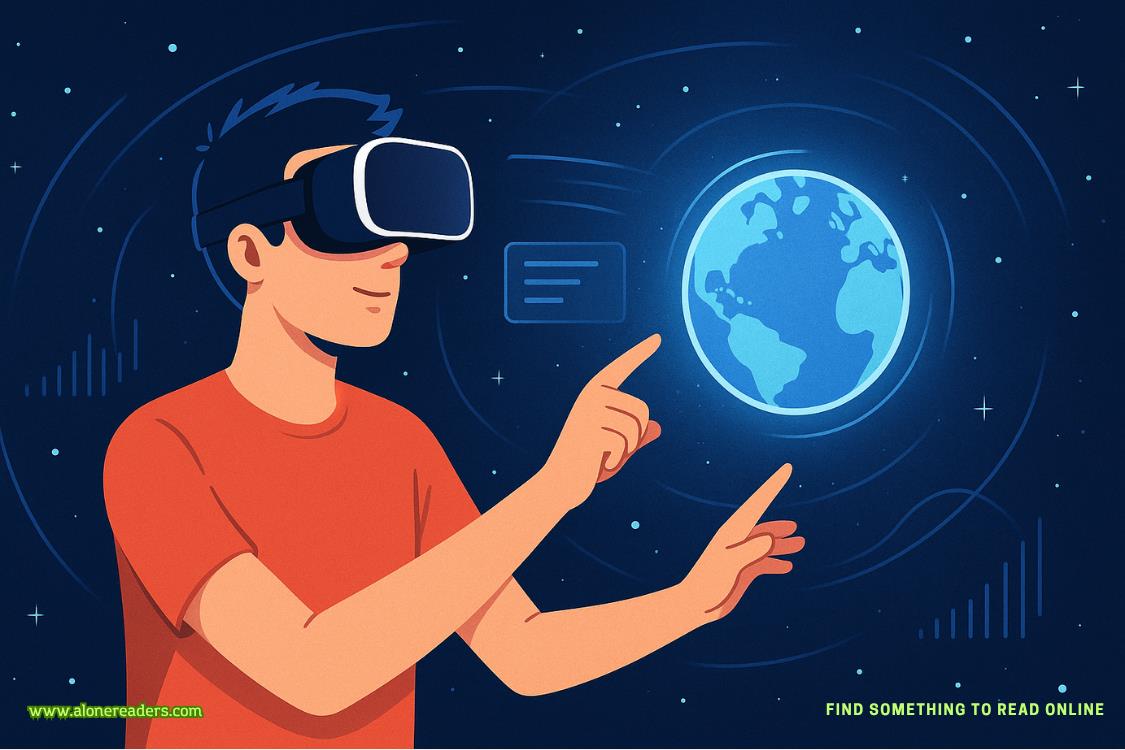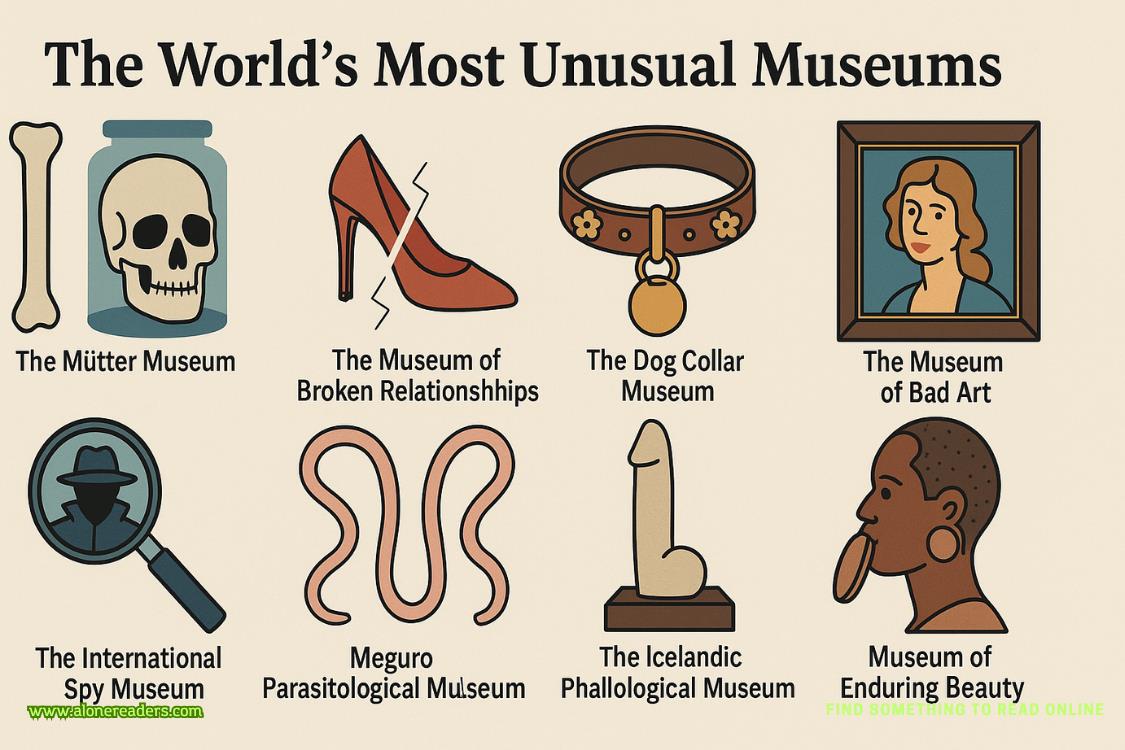Page 50 of Her Frozen Heart
Nikki forced a smile, but she hated being so easily read by a stranger. Roth struck her as the kind of person who might not say a lot in a social setting but saw everything. He’d probably recognized the reek of shame around her as soon as he’d come in. Maybe that was a bit dramatic, but they’d been far behind the killer from the beginning, and she was starting to think her decisions had only made things worse.
“It’s such a shame to see beautiful natural resources used for acts of evil,” Roth said. “I believe it’s significant that he remembered where the first body was buried after an extended period of time and chose to continue using that spot.”
“Exactly,” Nikki said, glad to hear they were on the same page. “As soon as we get a better time frame, we’ll start pulling up cold cases and see if we can identify them. We’re still waiting on identification and estimated time of death and burial for the others, but the body bags are important too.”
“He can afford to buy them,” Liam said. “And he’s likely got a place in a rural area where he keeps the victims.”
“Do you believe the bags have other significance, Agent Hunt?” Roth asked. “Perhaps you’re dealing with someone in the death industry? Or he’s got a contact within that community. You can’t just buy those off Amazon.” Roth chuckled, glancing at Nikki. When she didn’t smile, his eyes widened. “Surely you aren’t saying that body bags are available online, for any consumer?”
“Yep,” she said. “I think he used body bags because he’s smart and wanted to do everything he could to keep the bodies undisturbed. That’s one of the main reasons he’s never gotten caught.”
“Well, tell me what I can do to help,” Roth said. “I’m not sure I can provide anything you don’t already know, but I’ll do my best.”
“Dion Johnson, Kesha’s boyfriend, is part of your study, correct?” Nikki asked.
“He is,” Roth answered. “The juvenile program I’ve created in Minnesota is aimed at identifying predictive behaviors and looking for biomarkers that suggest a propensity for violence has a genetic component. In Dion’s case, his mother was concerned with his family history, but I can’t tell you more than that, I’m afraid. Privacy reasons, I’m sure you understand.”
Nikki nodded. “But you do confirm he still participates?”
“Since he’s past eighteen, he’s in our self-reporting group, but, yes, he does.”
“Do you provide behavioral therapy as well?” Miller asked.
“Our institute does,” Roth said. “I’m very much research based, but I’ve got three outstanding psychologists and a psychiatrist on staff. Dion’s been working with one of our more experienced therapists, and the police did interview her, I believe.”
“Yes, we’ve read those notes. She didn’t believe he was capable of harming Kesha, but she also admitted that as his therapist, it was impossible for her not to be biased.” Nikki appreciated the therapist’s candor, but it had also given the BPD reason to write off her opinion on Dion. She opened the article on Roth’s brain institute she’d found last night. “Correct me if I’m wrong, but it seems like your research is sort of like what Ressler and Douglas originally did when they created profiling, but with much more recent killers.”
“That would be partially accurate, yes,” he said. “When the research first started in New Mexico, my mentor did study criminals from Ressler and Douglas’s research, but his approach was to test a much broader sample. My research is similar, but I approach it from a neurological standpoint. There are definitely neurological similarities among murderers, with even more defined similarities between psychopaths. I won’t bore you with the science since we can’t solve this case by looking at your suspect’s brain.” Roth grinned. “But wouldn’t it be nice if we could? Anyway, my focus is now on inmates who’ve been incarcerated in the last twenty years, because like the rest of the world, the serial killer is evolving.”
“How so?” Miller asked.
Roth drummed his fingers on the table. “Many of the serial predators who’ve been incarcerated in the last two decades are a different breed than those the Behavioral Analysis Unit originally studied. Of course, most of the things people like Douglas and Ressler wrote about are still very much true and in play. But the new ones, they have so many options at their fingertips. Many of them are Gen-Xers or Millennials, meaning they’ve come of age at the same time as new technology like smartphones and the internet took over the world. They know how to use those tools, and this often changes their approach.” Roth waved off the donut Nikki offered.
“No thank you,” he said. “If I eat that I’ll be in a sugar coma in thirty minutes.” He laughed for a few seconds before his handsome face became deadly serious. “Now, you can find just about anything online—including body bags, apparently. I’m not talking about what goes on the dark web. There’s a wealth of published research right at these guys’ fingertips, ways to study how not to get caught, ways to study themselves, really. Because of the BAU’s early efforts, we knew enough about serial predators by the late nineties that the playing field seemed to even out just a bit. Then came the internet, and a new breed of criminal was born.”
“That’s true,” Nikki said. “Gen-X and Millennials definitely see the world differently. And it’s impossible to stay ahead of the technology and dark web. So much information is passed over foreign servers we have no access to.”
“Exactly.” Roth nodded. “That said, many of the standards established by Ressler and Douglas still stand true: most of the time, serials are men killing women, sometimes gay men, most still stick to their own race. And if they veered from those things, it was out of necessity to survive, not for personal stimulus. To see someone so driven to kill that literally any person could become his victim is—and forgive me for this—fascinating from a neuroscience point of view. It’s interesting given our societal issues too. Gender is recognized as something fluid for many people, along with sexual orientation. I would think, however, that these murders are likely to be at least partially sexually motivated.”
“As violent as this guy has shown to be, he’s got to have some serious trauma in his past,” Miller said. “Isn’t that usually the case with serial killers?”
“Nature versus nurture is a bit of a battleground subject in my profession,” Roth said. “Statistically, regardless of what generational bracket they’re in, most people who commit these kinds of crimes do have childhood trauma, and often it’s severe. But on the other side of the coin are all those individuals who experienced terrible abuse as kids and didn’t grow up to be murderers. Nature does play a role, and that’s part of what I hope to show with my research,” Roth told them. “But I’ve encountered more and more murderers who came from a relatively normal upbringing. They’re still in the minority, but there are a few I’ve studied in the last couple of years who came from as good a home as I did, which is why I believe in the next few years we are going to have to seriously rethink nature versus nurture, because we’re seeing more and more criminals who never should have turned to crime, but did anyway.”
Miller had been furiously taking notes. “And the choice to kill males and females? Is that something that could happen because of generational differences too?”
Roth considered the question. “To be honest, I don’t believe so. Unless the motive had nothing to do with sexual impulse, the criminals I’ve spoken to—mostly men—would get little gratification from sexually assaulting another man because men in general are stronger and able to fight back. And as we know, sexually motivated crimes are always about control. Out of the hundreds of male violent offenders I’ve studied, the commonalities are significant. The handful of openly gay men—meaning men who were attracted to other men prior to incarceration, not just because they had no other option—had similar scans as the heterosexual killers. That leads me to believe a person who would assault and kill both is quite possibly struggling with his sexuality and likely always has.”
Nikki jotted that down in her notes, hoping she would be able to read her shorthand later. “Self-loathing, possibly the product of a strict upbringing that made him feel compelled to stay in the closet.” She tossed her pencil on the table and rubbed her temples. “We’re just circling right now.”
“I’m sorry I’m not more helpful,” Roth said.
Nikki sat up straight. “No, you have been helpful, truly. We just don’t know what we don’t know, and it may be days before we have forensic details about the other victims, and even longer before they are identified.”
Roth nodded, his gaze back on the whiteboard. “Kesha is the only one in the lake, you’re certain?”
Miller nodded. “I’m confident the dog would have found any other remains in the lake.”
Roth leaned forward, resting his elbows on the table, his lips pursed in thought. “I just keep coming back to Isaac Monday, from Alaska.”
- Baby Surprise for my Brother's Best Friend by Misty Ellis
- Her Submission by Cynthia Dane
- Racer by Fiona Davenport
- The Brutal Arrangement by Scarlett Shelton
- Refrain by Lana Sky
- The Rough Ride by Nonna Henry
- Careless Whisper by Maya Alden
- The Fallen King by Ashlynn
- Anarchy by Ashlynn
- The Criminal's Cure by Nicole Knight
- Ties That Bind Us by Nicole Knight
- Rodeo Romeo by Nicole Knight
- Mr. Dangerous by July Dawson
- Pack to the Wall by Milly Taiden
- Just My Luck by S.E. Isaac
- Vanished in Vegas by S.E. Isaac







